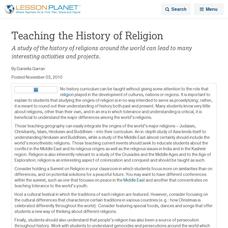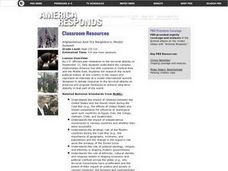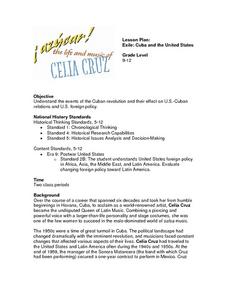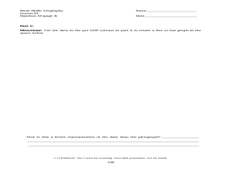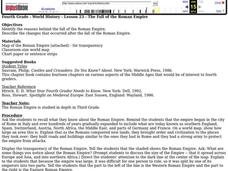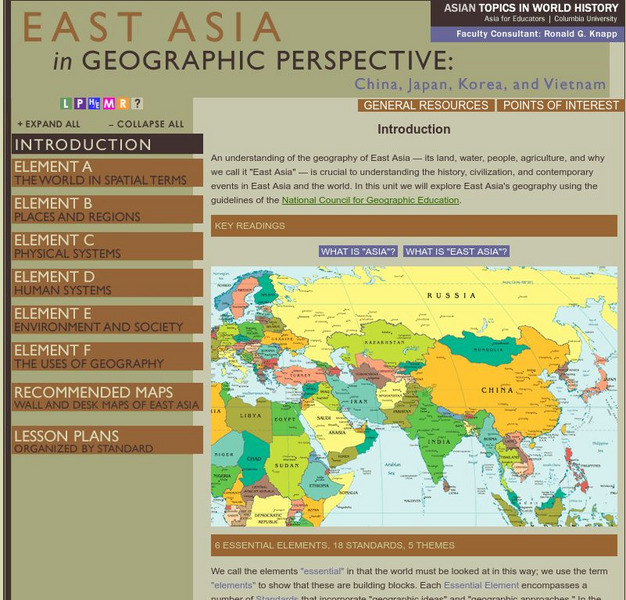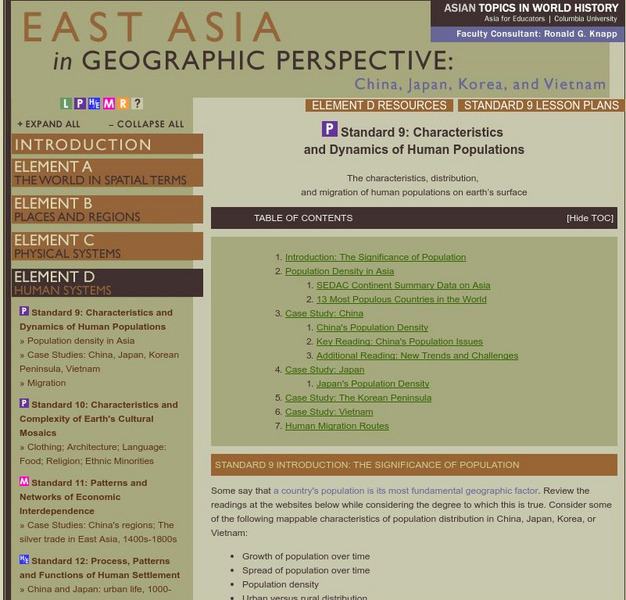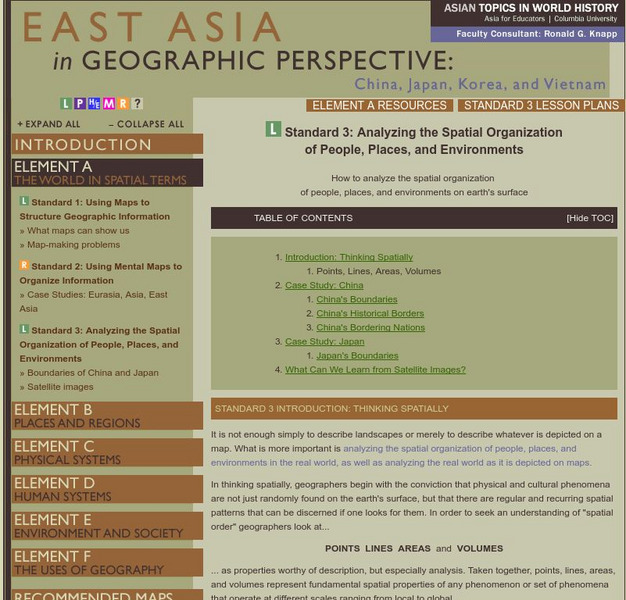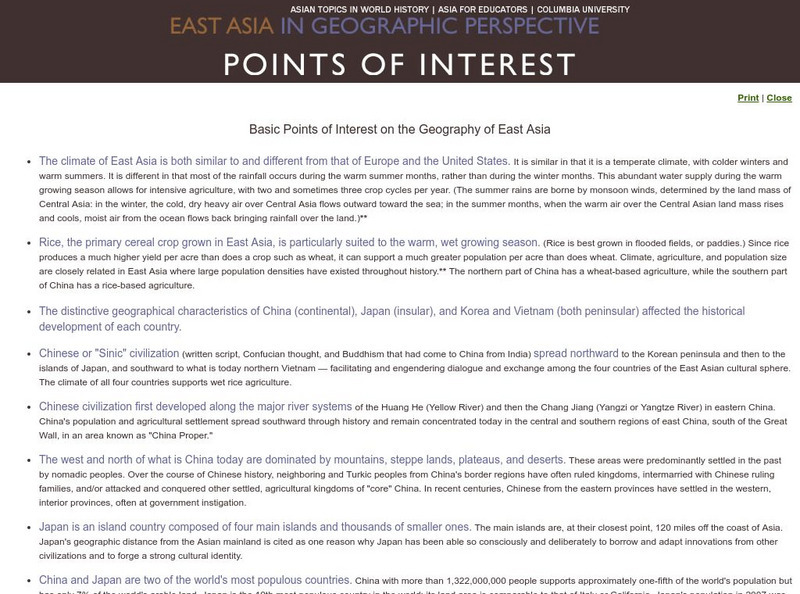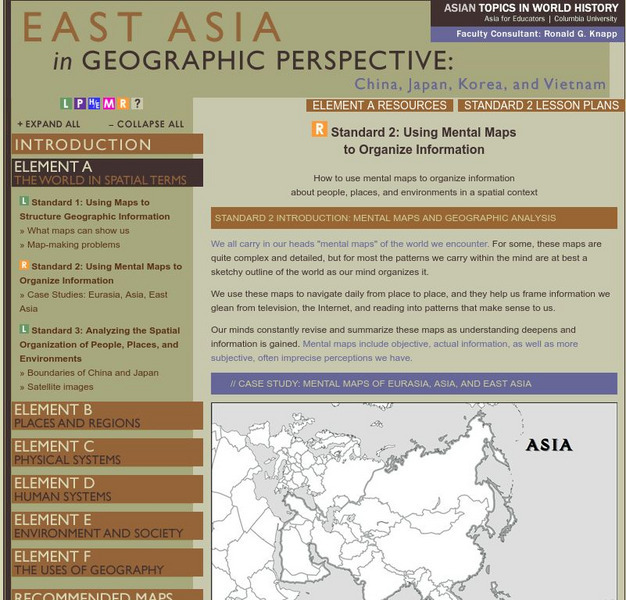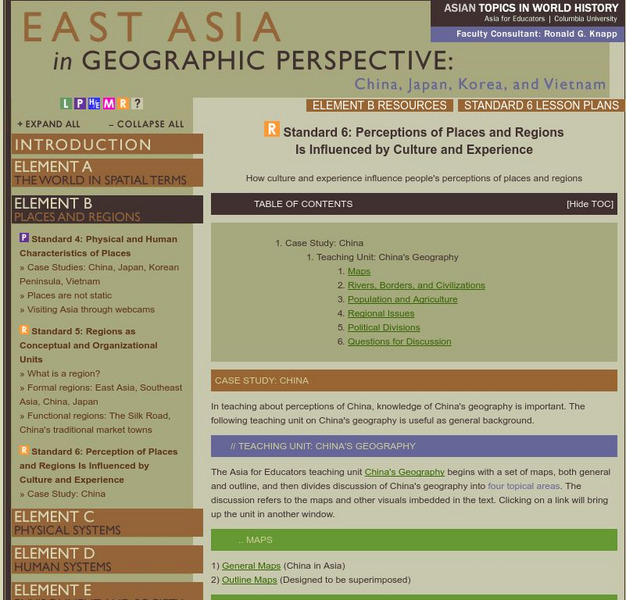Curated OER
Teaching the History of Religion
A study of the history of religions around the world can lead to many interesting activities and projects.
Curated OER
Afghanistan and Its Neighbors: Model Summit
Students examine the relationship between the United States and the Soviet Union during the Cold War. They discover the role of religion and cultural identity in the war in Afghanistan. They explore the arguments for and and against...
Curated OER
Exile: Cuba and the United States
High schoolers gain an understanding of U.S./Cuban Relations. In this world history lesson plan, students examine the events of the Cuban revolution and their effect on U.S.-Cuban relations and U.S. foreign policy.
Curated OER
How to Celebrate the 800th Anniversary of the Mogol Empire
Students research information on the Mongolian Empire from various readings and online videos of primary sources and create a poster for oral presentation. Students connect history with the current day, while incorporating geographical,...
Curated OER
Traveling Through North America
Students identify places and landmarks in North America, specifically Canada and the United States, by using and constructing maps. Six lessons on one page; includes test.
Curated OER
Population and Population Density
Students read and interpret graphs. In this population lesson, students explore population and population density as they read several data graphs and respond to questions.
Curated OER
Mapping Population Changes In The United States
Students create a choropleth map to illustrate the population growth rate of the United States. They explore how to construct a choropleth map, and discuss the impact of population changes for the future.
Curated OER
Japanese Modernization and Imperialism
High schoolers examine the period in which Japan ended its isolationism with the rest of the world. Using the internet, they identify the reasons why Japan occupied and annexed Korea along with the country's reasons for going to war...
Curated OER
The Roman Empire
Fourth graders identify the reasons behind the fall of the Roman Empire and describe the changes that occurred after the fall of the Roman Empire.
Curated OER
Regions of South America
Students explore facts about South America in the four lessons of this unit. Booklets are created from the materials produced as the class delves into the topic.
Curated OER
Landforms All Around
Students create a "Landform Dictionary". They develop an overlay map and participate in hands-on activities to identify the key characteristics of landforms. They discuss the plant and animal life of these areas. Handouts for the lessons...
Columbia University
Columbia University: Asia for Educators: East Asia in Geographic Perspective
This teacher resource is devoted to teaching about the geographic history of East Asia. Includes standards information and links to related lesson plans. Also features a downloadable world map (PDF, requires Adobe Reader).
Columbia University
Columbia University: East Asia in Geographic Perspective: Standard 9
The characteristics, distribution, and migration of human populations on earth's surface
Columbia University
Columbia University: Characteristics and Spatial Distribution of Ecosystems
An understanding of the geography of East Asia - its land, water, people, agriculture, and why we call it "East Asia" - is crucial to understanding the history, civilization, and contemporary events in East Asia and the world. In this...
Columbia University
Columbia University: East Asia for Educators
How to analyze the spatial organization of people, places, and environments on the earth's surface.
Columbia University
Columbia University: East Asia in Geographic Perspective: Standard 1
How to use maps and other geographic representations, tools, and technologies to acquire, process, and report information from a spatial perspective
Columbia University
Columbia University: East Asia in Geographical Perspective
How to use mental maps to organize information about people, places, and environments in a spatial context
Columbia University
Columbia University: East Asia in Geographic Perspective: Standard 4
Physical and Human Characteristics of Places
Columbia University
Columbia University: East Asia in Geographic Perspective
People create regions to interpret earth's complexity
Columbia University
Columbia University: East Asia in Geographic Perspective
How culture and experience influence people's perceptions of places and regions
Columbia University
Columbia University: East Asia in Geographic Perspective
Physical Processes That Shape the Patterns of Earth's Surface
Columbia University
Columbia University: East Asia in Geographic Perspective
The characteristics, distribution, and complexity of earth's cultural mosaics
Columbia University
Columbia University: East Asia Geographic Perspective: Standard 11
The patterns and networks of economic interdependence on earth's surface


